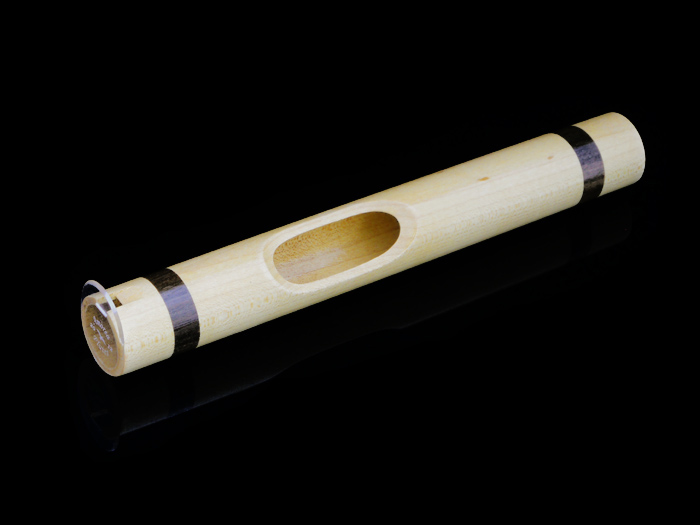


 |
 |
 |

Some Benefits and Features of the Amorea flute
Where does the name "Amorea" come from?
The name "Amorea" was born of a search for a word that was 'energetically' fitting for this instrument. In other words, that felt like the instrument feels, at its best. The base of the word 'amorea', amor, which is the latin word for love, was chosen because this instrument has the capacity to speak in a lovingly expressive way, once mastered. This is why it was created in the first place. Lastly, it is a direct descendent of the 'love flute' as it is sometimes called, developed by our Native American ancestors, and this pays tribute to that heritage.
So first there was the latin word for love, 'amor', which already has a nice, round, positive energy about it, and added to it was the 'ea' - making it an object that carries the qualities of the base word, 'amor'.
There is currently only one model, in terms of size, shape and range. Efforts have been made in the past to create larger models that are lower in pitch, but these efforts have so far not yeilded an easily playable, good sounding instrument. |
Range: 1.5 octaves, from G3 to C#5
Size:
Length: 9.5", 24cm
Outside diameter, 1", 2.54cm
Inside diameter,
1 1/4", 3.17cm
Weight: .4oz, 113g
Material: A variety of domestic hardwoods and an acrylic lip plate